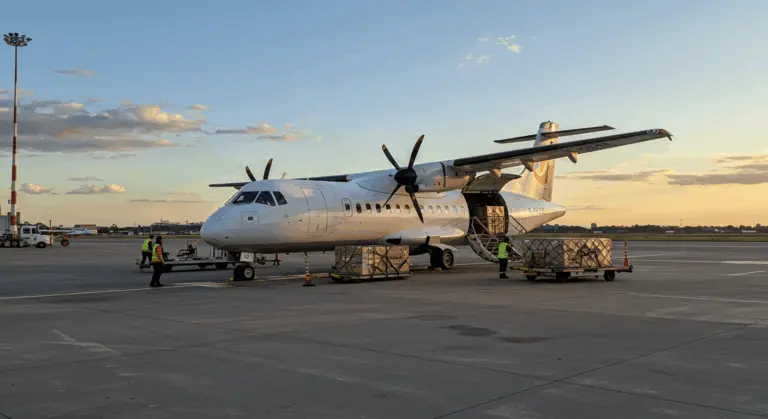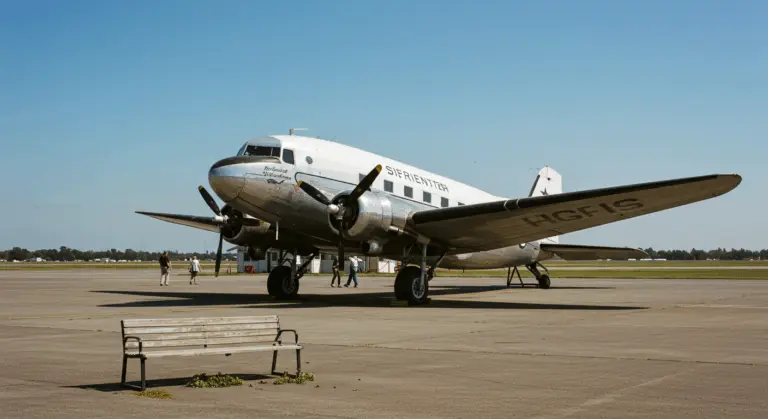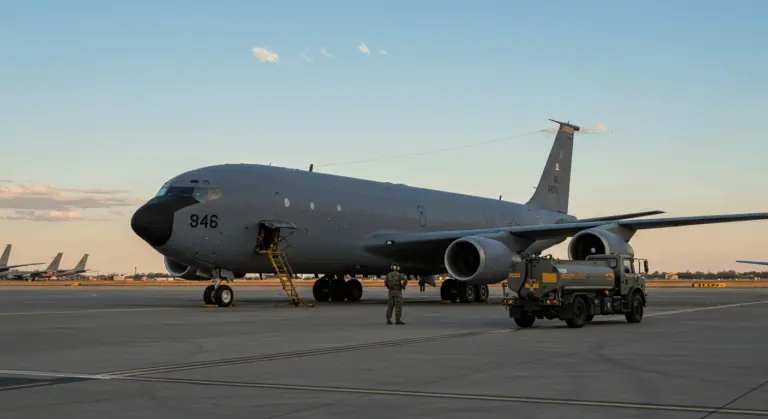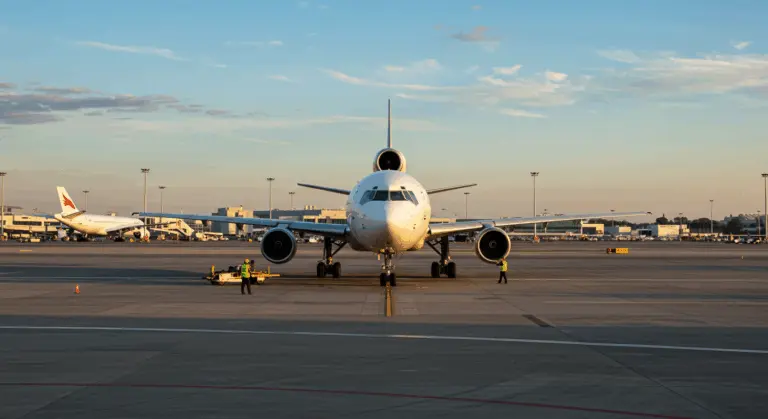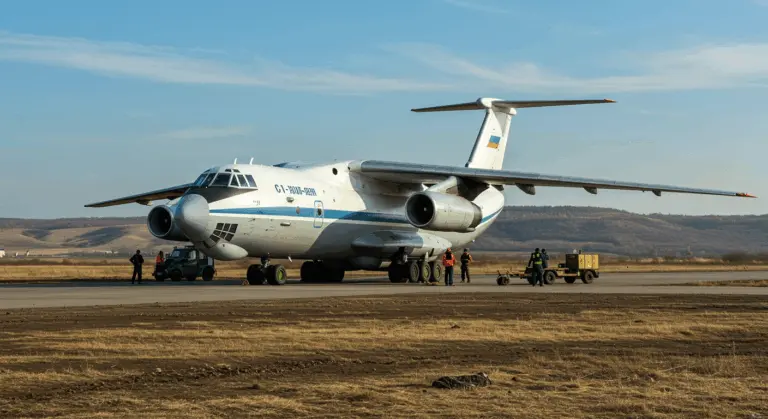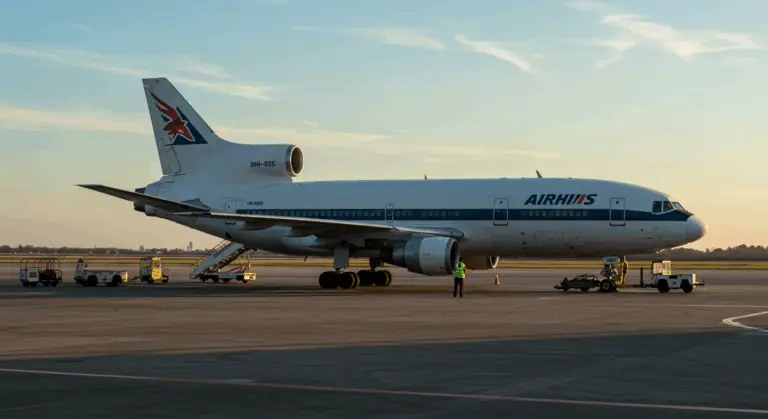Overview of the Cessna Citation X
The Cessna Citation X represents a significant milestone in American aviation—a mid-size business jet that redefined speed expectations when Cessna introduced it as part of their prestigious Citation family from 1996 to 2018.
What sets apart the Citation X is its impressive speed. Commonly dubbed the ‘Citation 10,’ this aircraft outpaces every rival in its category, reaching remarkable speeds of up to 690 mph. Such performance makes it an excellent choice for cross-continental and transatlantic journeys, saving valuable time for business travelers.
Key physical characteristics of the Citation X include:
-
Dimensions: 72.53 ft length and 63.6 ft wingspan.
-
Weight: A maximum takeoff weight of 36,600 pounds.
-
Capacity: Up to twelve passengers in the Citation X+ variant.
-
Performance Ceiling: 51,000 feet, enabling flight above most weather and traffic.
-
Fuel Capacity: 13,000 pounds to support long-distance travel.
Specifications of the Cessna Citation X
The Citation X features many custom-designed components. While its fuselage cross-section echoes previous Citations, it incorporates dramatically swept wings featuring a supercritical airfoil for superior aerodynamic efficiency. A distinctive T-tail configuration, oversized engine intakes, and completely redesigned landing gear and systems all contribute to its exceptional performance.
Twin Rolls-Royce AE 3007C or AE 3007C1 engines propel this aircraft, each delivering between 6,442 and 6,764 pounds of thrust. Key engine features include:
-
Solid titanium blades
-
A three-stage low-pressure turbine
-
A high bypass ratio fan for optimized fuel efficiency and reduced noise
It’s meticulously area-ruled fuselage and wings with a dramatic 37-degree sweepback enable remarkably efficient transonic flight. These sophisticated aerodynamic designs, combined with the engines’ impressive five-to-one bypass ratio, significantly reduce drag while enhancing efficiency—important elements behind the aircraft’s exceptional speed and extended range capabilities.
Introduced in 2010, the Citation X+ variant introduced significant improvements:
-
Avionics: A sophisticated Garmin G5000 avionics suite with an advanced autothrottle system.
-
Engines: New, more powerful and efficient engines.
-
Aerodynamics: An innovative winglet design.
-
Cabin: A 14-inch cabin extension for increased space.
-
Performance: Increased maximum takeoff weight, higher payload, and an extended range of 3,242 nautical miles.
Performance Metrics
Achieving a maximum cruise speed of Mach 0.92—approximately 690 mph—the Citation X ranks among the fastest civilian aircraft ever manufactured. This speed substantially reduces travel time, enabling more efficient cross-continental business operations.
The Citation X delivers a range of approximately 3,070 nautical miles (3,530 miles). The enhanced X+ model extends this capability to 3,242 nautical miles, making non-stop flights like New York to London not just possible, but routine.
The aircraft demonstrates impressive climb performance, ascending to 43,000 feet within 30 minutes. It demands 5,250 feet of runway for takeoff at maximum weight and requires approximately 3,400 feet for landing—specifications that grant access to numerous airports worldwide.
These performance metrics provide key business advantages for operators:
-
Reduced travel time
-
Increased productivity
-
Greater flexibility in airport selection
-
Enhanced efficiency for global business operations
Features and Amenities of the Citation X
The cabin offers carefully planned features that enhance both comfort and productivity:
The aircraft keeps passengers connected and entertained, the aircraft provides:
Fully reclining seats ensure comfort throughout extended flights, while the well-appointed cabin ensures passengers arrive refreshed and ready. This combination of performance and luxury makes the Citation X an excellent option for travelers seeking both performance and comfort.
Cabin Layout and Comfort
The Cessna Citation X features a thoughtfully designed cabin that maximizes both comfort and functionality within its generous 620 cubic feet of volume. The standard configuration welcomes up to eight passengers plus two crew members, while the Citation X+ variant offers even more spaciousness thanks to its extended fuselage. Passengers particularly appreciate the cabin’s stand-up aisle—a luxury that allows unrestricted movement throughout the aircraft without the awkward stooping required in many competing models.
Passenger comfort is prioritized with amenities such as:
-
Individual climate controls
-
Personal entertainment and information monitors
-
A private lavatory
-
A well-equipped galley for refreshment service
The seating arrangement reflects the aircraft’s focus on passenger comfort. Fully reclining seats, carefully designed from premium materials, deliver exceptional comfort even during transcontinental journeys. These seats adapt to various configurations—from collaborative face-to-face conference settings to more intimate individual arrangements. Advanced noise suppression technology further enhances the experience by greatly reducing engine and aerodynamic disturbances, creating an environment conducive to both conversation and rest.
Strategically positioned windows flood the cabin with natural light, enhanced by sophisticated LED illumination systems. The pressurization system maintains an exceptionally comfortable cabin altitude even when cruising at 51,000 feet, significantly reducing passenger fatigue. Together, these design features create an environment where comfort and productivity flourish.
History and Development of the Citation X
Development of the Citation X commenced in 1990 when Cessna identified strong market demand for a faster business jet. The ambitious concept made its debut at the NCAA convention in October 1990, generating considerable industry interest.
The first prototype soared into the sky on December 21, 1993, beginning an extensive testing phase. This rigorous process focused on testing the aircraft’s revolutionary aerodynamics and advanced propulsion systems, meeting all performance and safety requirements.
Official certification arrived on June 3, 1996, with the first production model delivered just one month later. This milestone marked the beginning of a remarkably successful production run that would continue until 2018.
The Citation X’s development exceeded expectations and set new standards for speed and performance, establishing Cessna’s position as an industry leader in business aviation.
Significant Upgrades and Innovations
Over its production life, the Citation X received several key upgrades to improve safety and capability:
-
Electrical System: A split-bus system was implemented for greater redundancy and safety.
-
Handling: Aileron re-gearing improved responsiveness in crosswind conditions.
-
Communications: The KHF-950 HF radio was replaced with the more capable HF-1050 model.
-
Lighting: LED wing tip navigation lights were installed for better visibility and lower power consumption.
Operational Costs and Ownership
Owning and operating a Cessna Citation X requires significant investment that varies considerably based on utilization patterns. Operators flying approximately 200 hours annually face a total operational budget typically reaching $1,241,040. This figure escalates considerably to approximately $2,020,409 for those utilizing their aircraft more intensively at 400 hours per year—showing how costs increase with higher utilization.
Annual fixed costs total approximately $829,043 and are incurred regardless of flight hours. These include:
-
Crew salaries
-
Hangar fees
-
Comprehensive insurance coverage
-
Miscellaneous administrative costs
Variable costs scale with usage and can reach approximately $3,500 per flight hour. Major variable expenses include:
-
Fuel
-
Regular maintenance and parts replacement
-
Scheduled inspections
Despite these substantial costs, the Citation X provides value beyond the financial investment. Its exceptional speed results in significant time savings for executives, effectively justifying operational expenses through improved efficiency. The aircraft’s prestigious reputation and luxurious appointments offer additional benefits beyond operational costs.

